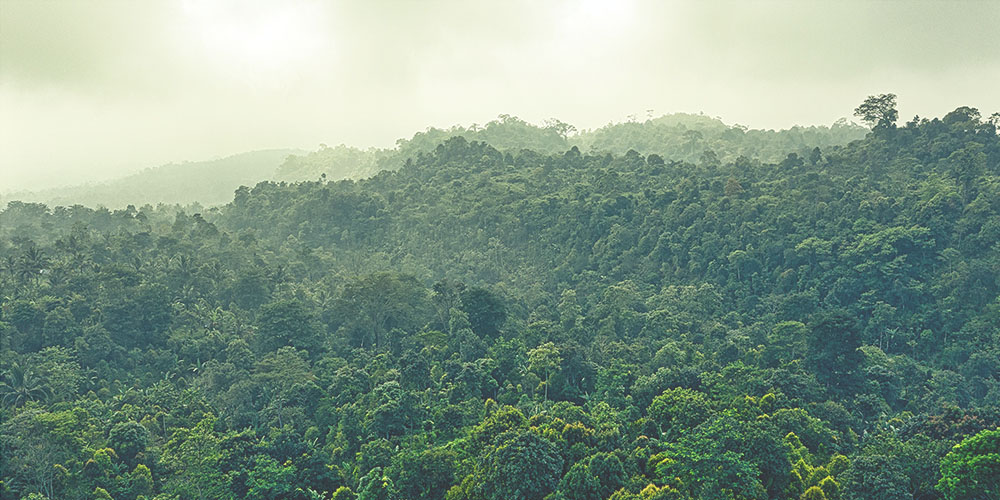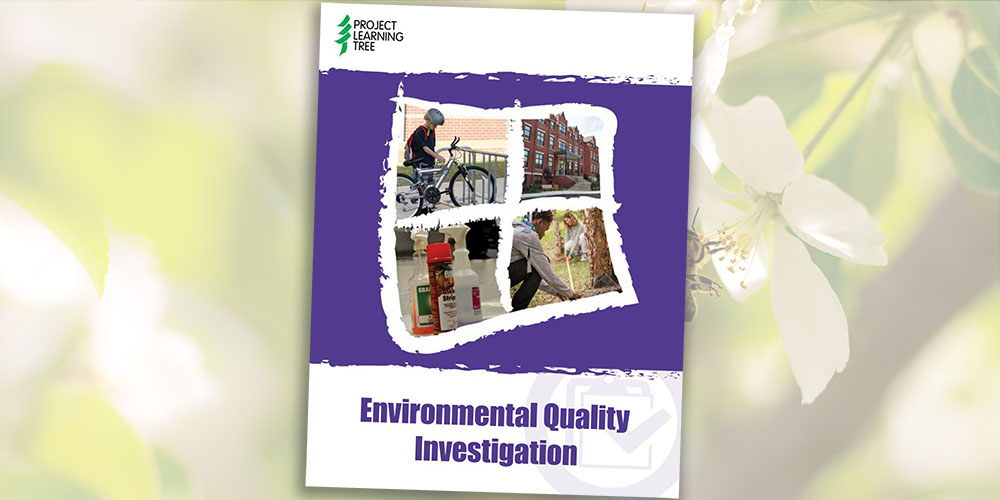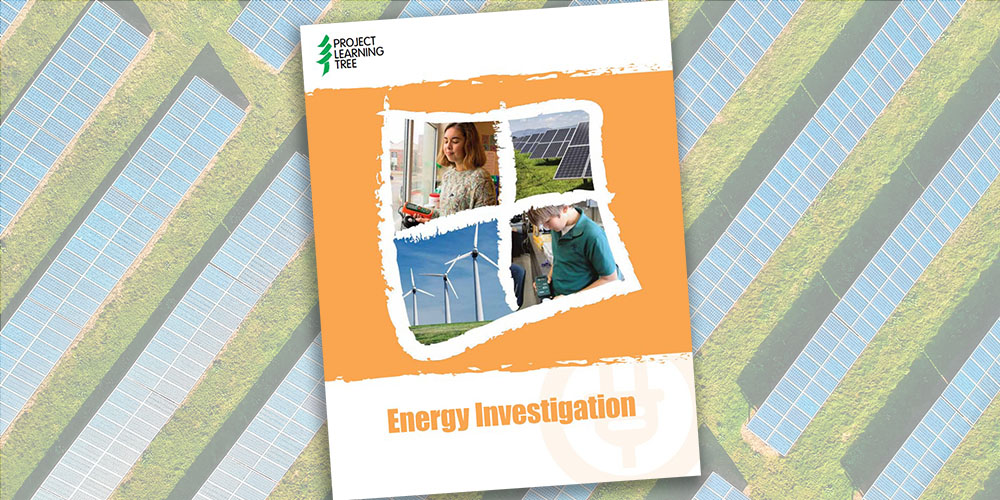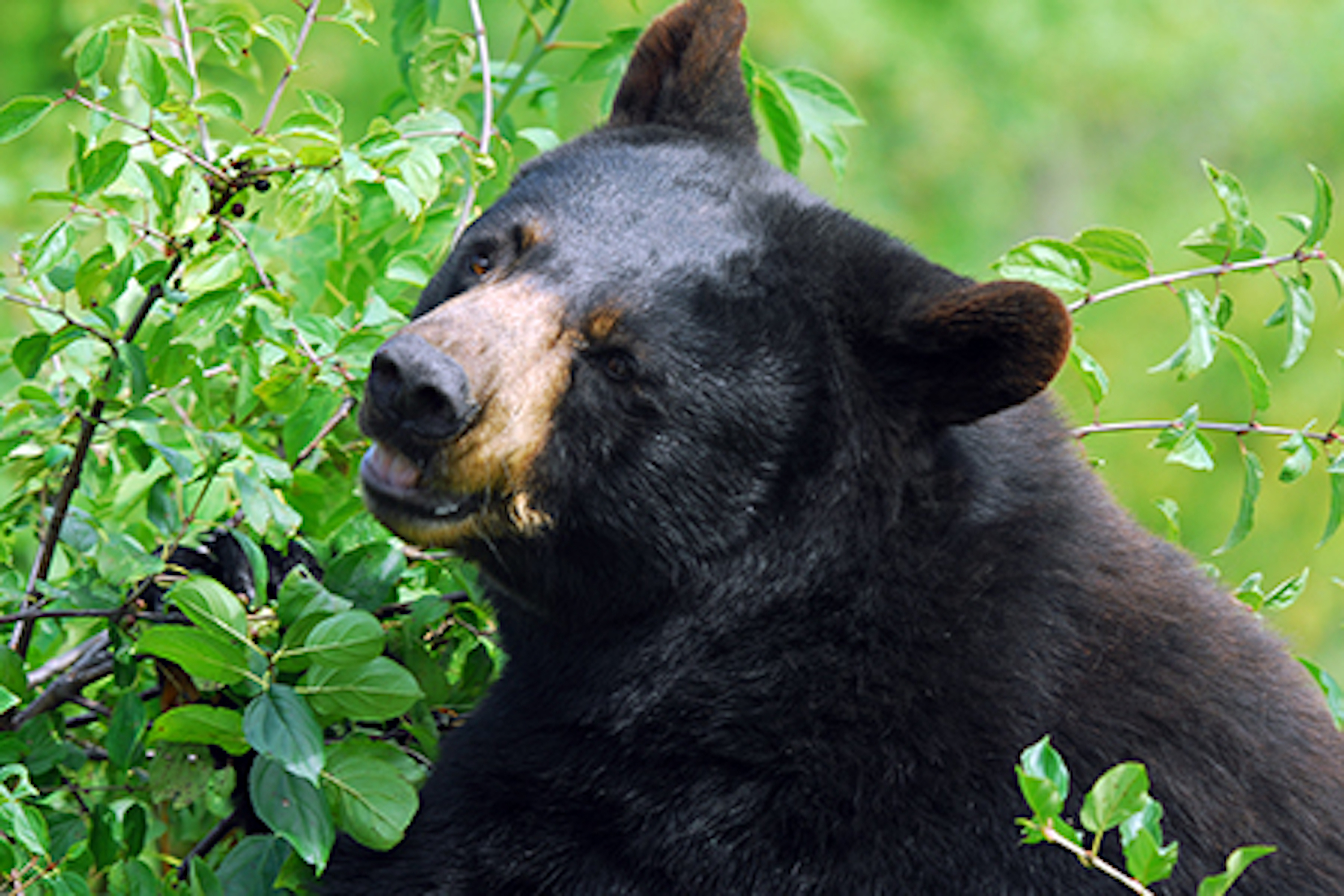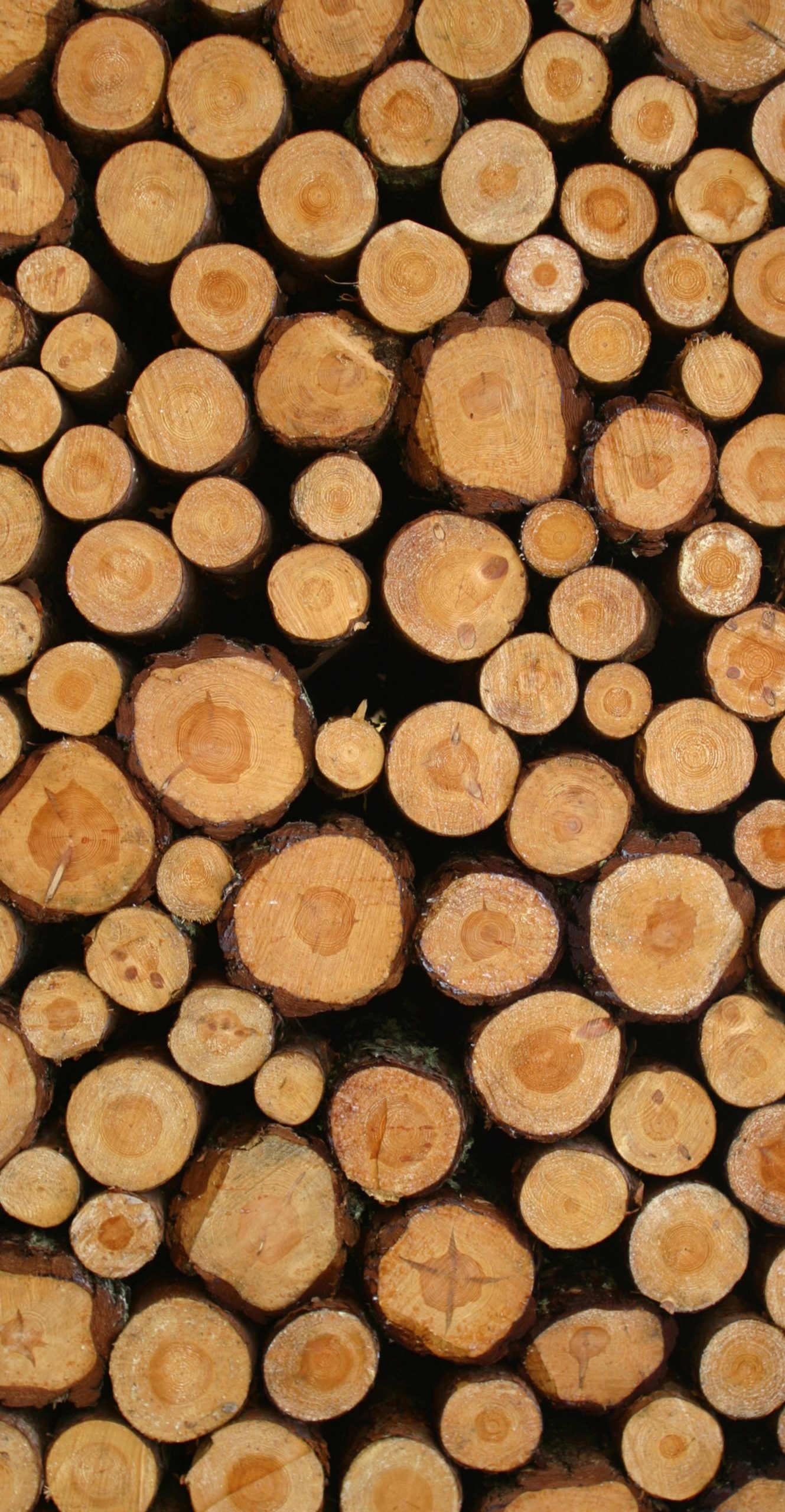Understanding the Effects of Forest Uses
In this activity, students will analyze the effects of different ways that people use the world’s forests and will determine which effects may be sustainable according to one definition.
This is one of 9 activities that can be found in PLT’s Exploring Environmental Issues: Forests of the World module. To get the activity, attend a training and receive PLT’s Forests of the World secondary module. Below are some supporting resources for this activity.
Chocolate: Sweet Science & Dark Secrets of the World’s Favorite Treat
Chocolate: Sweet Science & Dark Secrets of the World’s Favorite Treat Grades 6-8 ISBN-13: 9780544175662 Houghton Mifflin Harcourt, 2015 Recommended Reading For thousands of years, chocolate has been used as a comfort, a treat, a cure, a currency, and even a sacred symbol. Explore the social, economic, and environmental angles of chocolate production with... Read more »
EE Resources
Forest Atlas of the US
The US Forest Service created a complete Forest Atlas of the United States. It covers everything from tree pollen count to owl habitats to agroforestry practices, using a range of the Forest Service’s resources. Use this in your classroom to give your students a comprehensive understanding of what American forests have to offer!
Hardwood Ecosystem Experiment
Forest management in the eastern United States is faced with many modern challenges. To address the changes, researchers designed a long-term, large-scale experimental study of forest management and its impacts on plants and animals. This study, referred to as the Hardwood Ecosystem Experiment, is in its 10th year and there are already some interesting findings.
The Power of Trees
For a quick estimate of how trees in your area offset carbon emissions, reduce flood risks, and improve air quality, check out this Power of Trees tool developed by Climate Central. Choose your city from the dropdown menu to quantify the benefits of trees in terms of number of tons of CO2 equivalent removed; number of gallons... Read more »
Forestry Careers & Degrees: A Guide for Students
If students are considering a career in the forestry profession, they may envision spending a workday in blue jeans and hiking boots, managing wild lands and protecting nature for future generations. The reality of forestry careers, however, is somewhat different. Forestry Careers & Degrees: A Guide for Students offers a wealth of information about forestry... Read more »
FAO’s Global Forest Resources Assessment
The Food and Agriculture Organization of the United Nations (FAO) has monitored the world’s forests at 5 to 10 year intervals since 1946. The State of the World’s Forests 2020–Forests, Biodiversity and People, examines the contributions of forests, and of the people who use and manage them, to the conservation and sustainable use of biodiversity. For... Read more »
Sample Lesson Plan Presentation
Use this Lesson Plan Presentation as an example.
EnviroAtlas
EPA’s new EnviroAtlas tool is designed to help communities and researchers make informed planning and policy decisions related to the environment and ecosystems. EnviroAtlas provides datasets and interactive tools to allow users to explore the many benefits people receive from nature, often referred to as ecosystem services. EnviroAtlas includes over 300 data layers, letting users... Read more »
Bears of the World: Interactive Range Map
Blue Raster and Bear Trust International’s interactive world map shows students and educators in grades 9-12 where eight different species of wild bears live. The map includes photos and facts on American and Asiatic black bears, brown bears, giant pandas, polar bears, sloth bears, and sun bears.
Login to download supporting materials such as appendices and teaching tips.
Login
 Get this Guide
Get this Guide
 Find Training
Find Training
